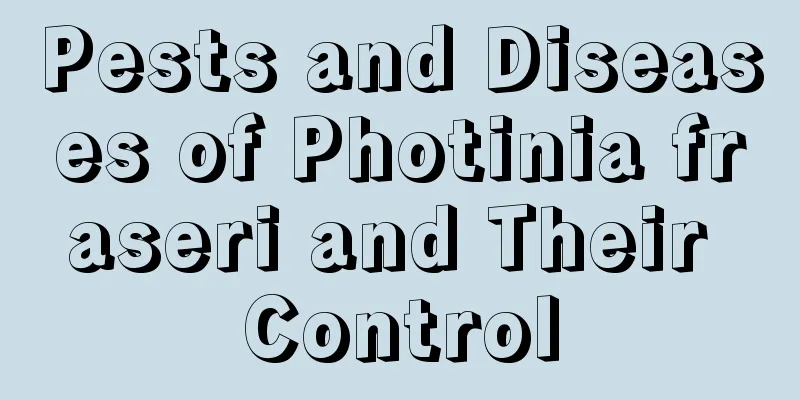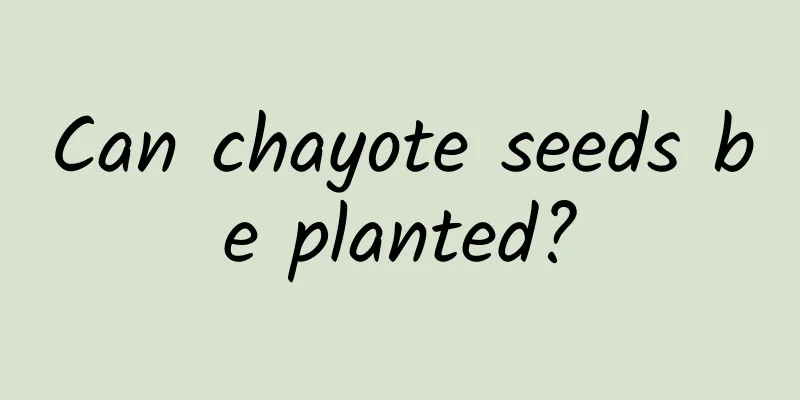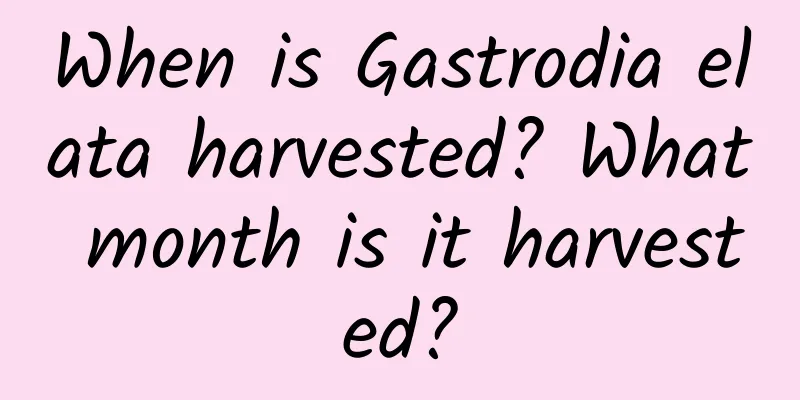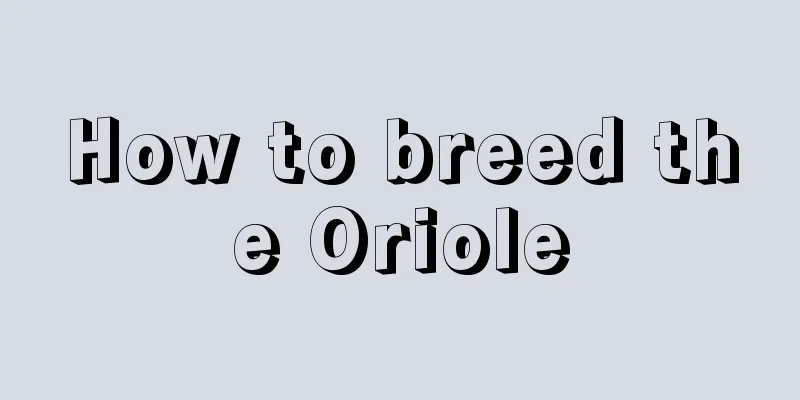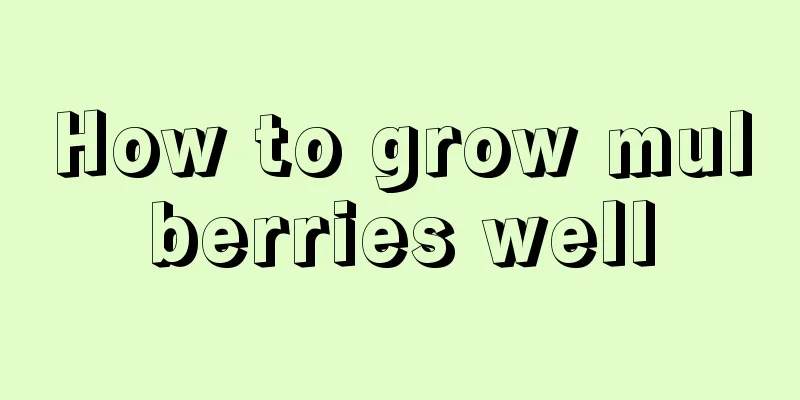Cultivation methods and precautions of red gentian
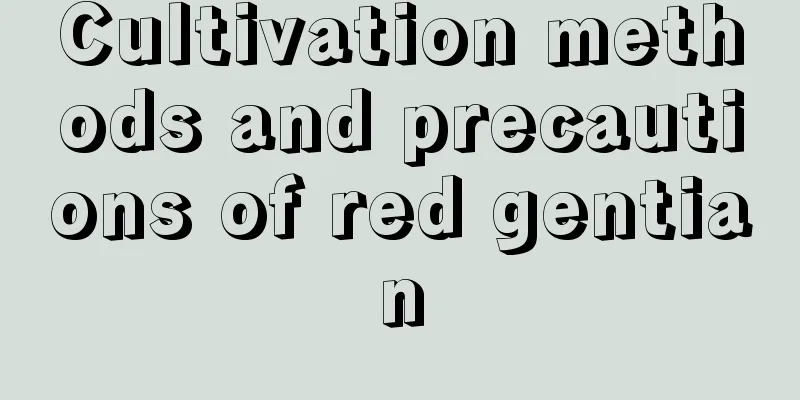
1. Maintenance methods1. Temperature: Red Gentian likes warmth, and its suitable temperature range is generally between 15 and 30 degrees. Too much heat will stunt its growth, so it is best to adjust it when the temperature is above thirty-five degrees. Similarly, the winter should not be too cold, otherwise its growth will be hindered. 2. Light: Red Gentiana is light-loving, and wild plants are generally distributed in places with good sunlight. If you are planting it on a large scale, you need to choose a sunny place with sufficient sunlight so that it can grow well. However, too strong light should be blocked as much as possible. 3. Watering: Red Gentian likes moisture and has very high requirements for air humidity. But be careful not to overwater when watering. Choose a location that drains easily so that drainage will be easier during the rainy season. 4. Fertilization: It does not require much fertilizer. Relatively speaking, base fertilizer is the most important. In addition, top dressing is mainly used during the flowering period, and can be used at other times as appropriate. 2. Breeding techniques1. Reproduction: It can be propagated by sowing. It is mainly carried out from mid-April to mid-May. Before sowing, it is best to soak the seeds for twenty-four hours. Because its seeds are relatively small, they are not suitable for direct sowing. It is best to mix them with fine sand and sow them together. After sowing, it is best to cover it with a layer of straw. Then, the surrounding environment needs to be kept suitable so that the chance of germination will be higher. 2. Weeding: Red gentian is generally sown in large areas, so attention should be paid to weeding in the field. Generally speaking, weeding should be done about twice a year. After weeding, it is best to add some base fertilizer. 3. Problem diagnosis and treatment1. Disease: There may be "sudden wilt disease", which is caused by fungi and has serious damage. In severe cases, it can cause the death of plants in large numbers. Mancozeb is needed for prevention and control. There is also "spot blight", which can be treated with carbendazim. 2. Pests: The main one is called "mole crickets", which can be eliminated by spraying pesticides or using traps and killing. IV. Other issues1. Toxicity: Red Gentian is non-toxic and is a traditional Chinese medicinal material. 2. Can it be grown at home? It is not an ornamental plant, but a medicinal herb that is generally grown on a large scale. |
<<: Cultivation methods and precautions of red holly
>>: Cultivation methods and precautions of red frangipani
Recommend
How to divide the yellow crane orchid
Time for division propagation It is generally sui...
How to grow Daphne odora to make it bloom
Flowering time of Daphne odora Osmanthus fragrans...
Why doesn't clematis bloom?
1. Timely pruning 1. Reason: The most common reas...
What is the best month to plant ginger?
When to plant ginger Ginger seeds are generally b...
When is the best time to plant coriander for good benefits (coriander cultivation method and time)
Coriander, also known as cilantro, is a cold-resi...
What is Adenophora scabra and how to grow it
1. What is Adenophora is a perennial herb that ca...
Can asparagus fern be propagated by cuttings?
1. Is it possible? Asparagus fern can be propagat...
How to get rid of insects in flower pots (tips for removing small flying insects in flower pots)
1. Use wood ash to kill insects Wood ash was ofte...
How to apply fertilizer to different types of flowers
Topdressing for bulbous succulent flowers Because...
When is the best time to transplant the red spider lily?
Before transplanting the red spider lily, you sho...
Where does dragon fruit grow?
The shape of the pitaya is oblong and it is a ber...
Methods and techniques of loofah planting
Luffa prefers moist, fertile, loose and well-drai...
Is Yinhua the same as honeysuckle?
1. Is it honeysuckle? Silver flower is actually h...
High-yield planting technology of apple
Apples occupy a prominent position in the fruit m...
Can I grow mimosa at home?
Can I grow mimosa at home? You can plant mimosa a...


